Moving Beyond the 'Lance Effect'
Everyone knew the day would arrive, and that the day would arrive soon -- the day Lance Armstrong...
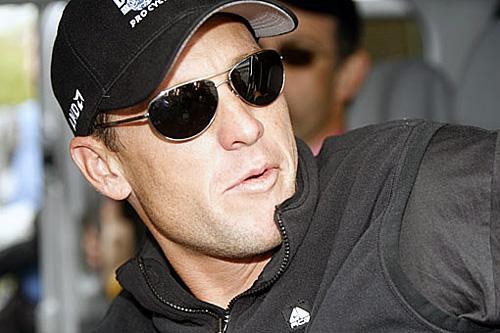
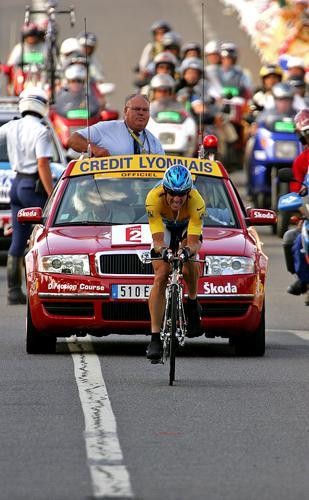
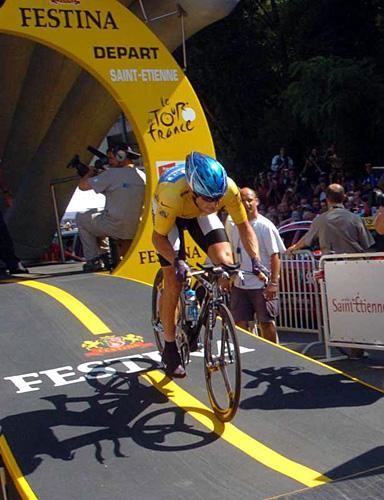
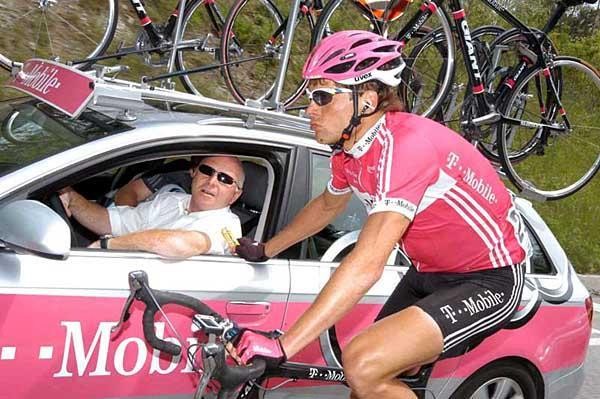
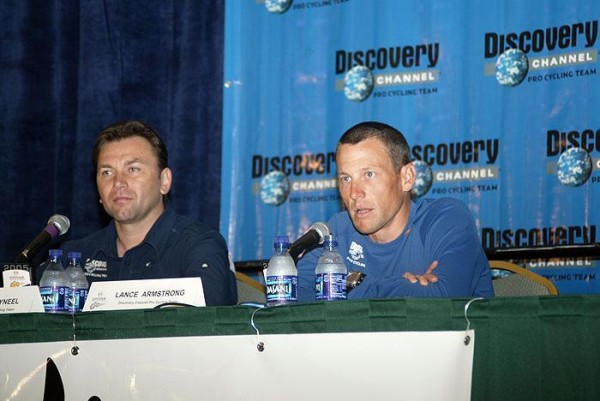
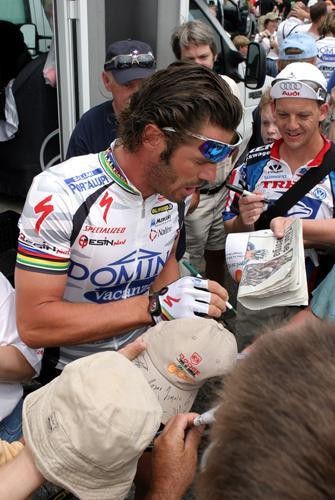
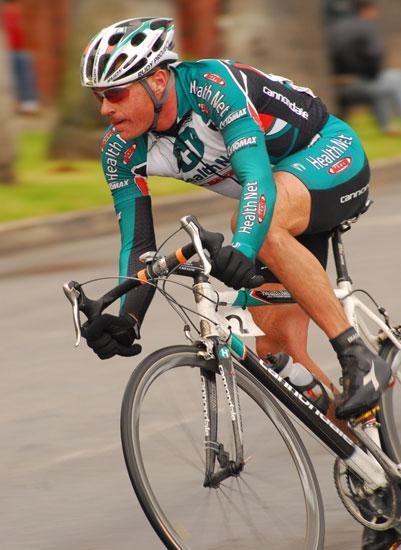
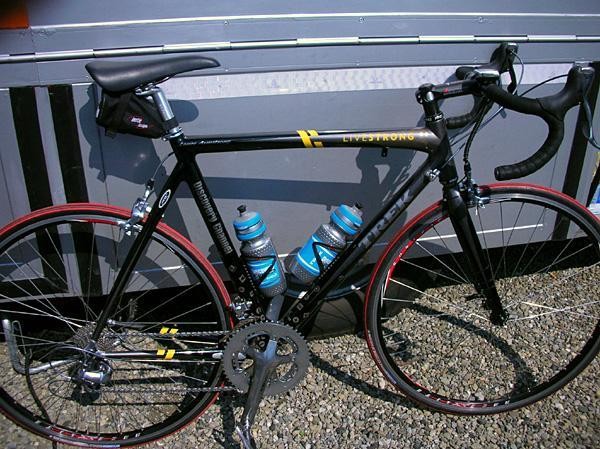
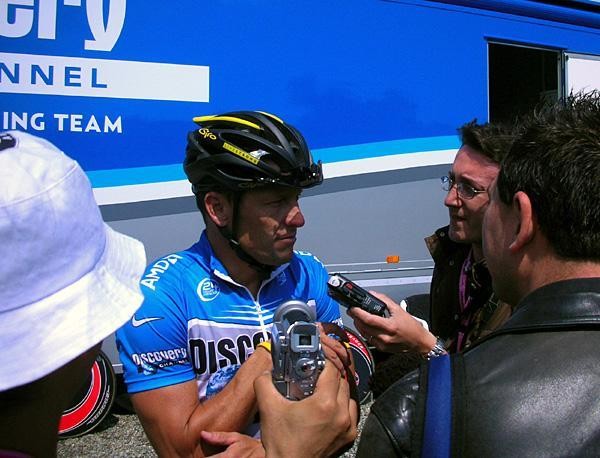
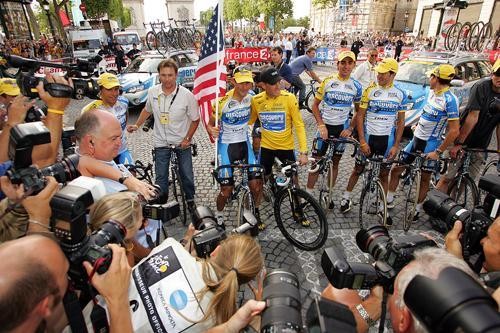







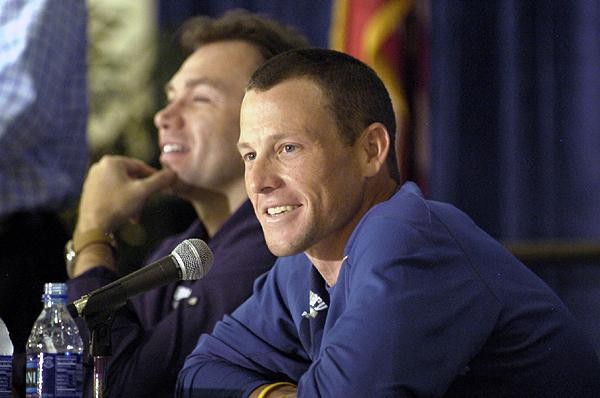



News feature, September 26, 2006.
Lance Armstrong's inspiring personal story, which saw the American come back from illness to claim seven consecutive Tour de France wins, attracted world-wide mainstream attention for the cycling industry. Now that Armstrong has put his bike in the garage for the last time Cyclingnews.com's North American Editor, Mark Zalewski, investigates how the cycling industry plans to survive life after Lance.
Everyone knew the day would arrive, and that the day would arrive soon -- the day Lance Armstrong would stop racing. And when Lance announced last April that the day would be the following July, speculation as to the impact his absence would create ran rampant. Industry experts and fans alike saw it as the end of the road for the upsurge is bicycle sales, while others held out hope that the new consumers Lance brought to the industry would continue their interest.
How important can the marketing of one person or icon be to an entire industry? In the case of Lance Armstrong, the U.S. bicycle industry is losing a large portion of its most widely recognizable spokesperson -- someone that reached across all sports, thanks in part to those yellow rubber bracelets. He brought new people to the sport, and now that his story of cancer survival and overcoming the odds to win will not be played out on ESPN in July, will those people stay interested?
While elite bicycle racing has remained a somewhat 'fringe' sport in the U.S., it has grown substantially in the past decade, thanks a lot to Lance. But more importantly, the amount of people riding bikes in general, has exploded -- from the Lance-alikes trying to emulate the seven time Tour de France champion to people looking for a low-impact exercise alternative.
According to the National Sporting Goods Association, the U.S. bicycle industry was a $5.3 billion market in 2001, and the numbers have kept increasing since. The biggest winner has been the road bike market. The National Bicycle Dealers Association reported that the number of road bikes sold has more than doubled between 2002 and 2004 -- and as every racer knows, the price tags on these models are some of the highest, with the average price point in 2004 topping $1,152 USD.
One of the biggest winners within the road bike market is Trek. As sponsors of Lance's U.S. Postal and Discovery Channel team during all of his Tour de France wins, Trek has been able to ride a tidal wave of exposure that has launched their carbon fiber racing machines to the top of the market. Trek's Brand Communications Manager Zap Espinoza says the company and the industry as a whole owes a lot to Lance.
Get The Leadout Newsletter
The latest race content, interviews, features, reviews and expert buying guides, direct to your inbox!
"We are proud of Lance and will steadfastly say that he is responsible for a large portion of the resurgence of road riding in America -- whether people are on a Bianchi, Specialized or Trek. I think what speaks to the largeness of Lance and his brand is that the entire industry has been asking, 'What comes after Lance?' Whether it is in Morgan Hill or Balonga, Italy that people throughout the industry are wondering. The Lance effect has loomed so large for everybody. It's been great for Trek, but we know full-well that there's been plenty of bike and product sales, people going on trips that is a by-product of Lance and Trek's investment in racing."
That Lance-effect is readily acknowledged around the industry, including in Morgan Park, California, home to another top U.S. manufacturer, Specialized. But the company's Global Marketing Manager Kevin Franks is confident the industry will move on and is looking more beyond the Lance effect.
"I think the industry will survive, and I think it will continue to grow and prosper -- not just on the road side of the business but also you'll see a revival of the mountain bike business, and even growth inside of triathlon and cyclocross. I think every category will continue to grow. I don't think Lance going away is a negative thing at all. Certainly what he has done for the sport is phenomenal, what he has done to bring awareness to a huge amount of this country's population. But the question isn't will the industry survive or will road continue to grow, but how are we going to keep up with all the demand that has been created? And who is going to take his place, or become the next icon for the sport of cycling in the U.S.? That is the question I would like to see answered."
The answer to that question remains to be seen, and a lot of people would pay big money for the answer.
Getting your bike on top
Over at Giant, Andrew Juskaitis says that his company, and likely the rest of the industry, will shift their promotion strategy focus to their technology. "Instead of hanging our hat on an athlete, on one individual, we are really promoting our technology. Our bikes can certainly carry themselves. What we do is try to focus on our technology, adapt our technology and continue to innovate our technology to make bikes easier to ride and faster to ride. New technology is really our key, and that is how were are going to be promoting our bike line -- not just from a single person. People go away, but our technology will continue to innovate."
Still, technology can only take you so far, and Giant will be relying on their costly sponsorship of Jan Ullrich's T-Mobile team to keep their bikes in the spotlight. "Without Lance, we look to our T-Mobile team and Jan Ullrich as our key promoters of the Giant brand, worldwide and here in the U.S. We have the Tour of California coming up, and we'll have the T-Mobile team here in our backyard and we'll use them as a strong promotion to continue what Lance essentially started here in the U.S., as far as bringing cycling into the mainstream here."
"The Pro Tour is important for us. We're a global company -- the largest bicycle manufacturer in the world. For a worldwide market like we have it is important to give our high-end bikes credibility. People want to know that the bikes they are racing on are identical to those that our pro team is racing on. That gives credibility, which also trickles down to the mid-level lines too. Consumers can believe that they have some of the trickle-down technology, that the technology they see on their TV are a part of [their bike.]"
As is evident with Giant, a clear effect of Lance has been the escalation of the need for the major bicycle manufacturers to place their bikes with top level teams in Europe.
One of the newer entries into major Pro Tour level sponsorship is Scott USA with its sponsorship of the Suanier Duval-Prodir team in Spain. Scott Montgomery took over the brand in North America and has been aggressively pursuing major sponsorship since day one. He believes that keeping the momentum created by Lance will continue to grow the industry.
"Of course because of Lance's retirement, we lose one of the greatest spokesman in the history of cycling, and certainly the greatest spokesman in American cycling. But I don't see that will diminish interest in corporate America because it has exposed so many new people to the sport. Now I think there are executives in a lot of industries that recognise that this is a real, viable, credible sport. And there are presidents, CEO's and VP's of marketing that are riding road bikes because of the exposure Lance has brought to the industry. So that doesn't deter me. I think that we will find new, fresh people in the future"
For Montgomery, sponsoring a major Pro Tour-level team is the key to setting the brand as a major player and to driving sales. "You can't be considered a serious cycling brand if you are not in the Tour de France or in the Pro Tour. That is just fact. Lance or no Lance, we at Scott will always be involved with a Pro Tour team. I was at the Tour last year and go to as many races as I can afford to take time away from the company to go to, and I am on the phone with Mauro Gianetti talking about new athletes and new sponsors, so we are very committed. I can't imagine working for a company that isn't racing in the Pro Tour."
Most of the big players in the industry -- Trek, Specialized and Giant are keeping their costly sponsorship investments of the top level European teams high, even without Lance. Most agree that the key to keeping sales high is to keep the new customers that Lance has brought to the sport interested, and that comes from seeing your products ridden to victory on the biggest stages possible. Kevin Franks certainly agrees, and adds that the feedback from sponsorship also provides valuable feedback for research and development. "To be a high-end road brand, to have people understand what you are doing, to use professional riders as a key component of your research and development process -- you really need to be involved with one of those teams. Sometimes companies just can't afford it, and that is understandable. But at the same time, it's not a 'nice to have,' it's a 'need to have.'"
"I would say it is one of the simple blocking and tackling things that any serious, high-end, road bike manufacturer needs to be doing. It is really just that simple. It's not an easy thing to do -- it's very expensive, really time consuming and really competitive too. It's not easy to sponsor a Pro Tour team. I would say it's critical to our brand success. Not just in Europe, but a lot of that comes back here as well."
Rethinking sponsorship strategy?
However, one of the major brands of U.S. bicycles, Cannondale, has seemingly decreased it's participation in the top tier of the European Peloton -- this from a company that blazed the trail for U.S. companies sponsoring European teams with its Saeco sponsorship featuring Mario Cippolini. "When we started with Saeco we had Mario, and we were a huge benefactor of that -- with someone who could reach outside of the sport," says Cannondale's Rory Mason. "It is tough to find a guy like that."
In 2006, Cannondale is changing it's strategy a little by going with a smaller team in Barloworld and adding a significant North American team sponsorship in Health Net-Maxxis. "We wanted to stay with Claudio Corti who we have been with since Saeco," Mason says of the decision to sponsor Barloworld. "Having him and his expertise is certainly a side benefit."
Mason and Cannondale's new sponsorship strategy appears to be splitting their sponsorship dollar between a European continental team with eyes toward the future, and an American-centered team with eyes towards putting their bikes in front of their consumer's eyes more often. "For 2006 what we're doing is partnering with Barloworld to build a program towards the Pro Tour and Tour de France. We're looking to build a new program from the ground up. We also add the Health Net team in the States, something we have been looking for, for a long time. It's the strongest team in the U.S. and we wanted a stronger presence in there. With a euro team it is harder getting them over to the states."
But Health Net's previous sponsor, Giant, does not see much marketing value into domestic sponsorships. "When it comes to domestic racing, we had Team Health Net -- and you can argue that they had a dream year last year," Giant's Andrew Juskaitis explained. "They won many important races, and we couldn't have sponsored a better team. We certainly enjoyed that, but it kind of pales in comparison when we have a team that is capable of winning stages or even the GC at the Tour [de France.] A domestic team like that is almost philanthropic for a company like ours. We take pride in sponsoring some local, regional and even national athletes, but we are really putting all of our eggs in one basket with the T-Mobile team."
Specialized is thinking of ways of retooling the sponsorship model. "We have become an active participant, just looking at racing alone, we've really expanded our Pro Tour level presence over the past few years," says Franks. "We now work with five different Pro Tour teams in one capacity or another in terms of sponsorship, with either bike and/or helmets, optics and shoes. So our brand and product is very visible in the pro peloton, and we will continue with that because it is just a proven thing that works. We know it works so we have invested heavily in that."
Specialized is also looking to create marketing opportunities on this side of the pond, but along with its Pro Tour sponsorships. "Here at home, it's a little bit of a different world from Europe, and we feel that the biggest opportunity is to develop younger riders and grow up with them as they grow in their careers. At the beginning of last year we started working with the US National U-23 development program, and that has become our single vehicle for communicating our road brand here at home. We feel that those kids have the potential to be the next Lance. They may or may not go on to do that, but we feel that program is in lock-step with where we want to be. Outside of that, on our global roster there are 324 athletes worldwide. We are very active and well invested in racing, period."
"Racing in Europe is one thing, and racing here in the U.S. in another. Sure we could go out and sponsor any number of continental pro teams, but I don't know that those teams are going to have the longevity and overall vision that the U-23 team offers up. That really becomes a feeder program for the Pro Tour teams in Europe. Tyler Farrar just graduated from that program into Cofidis. Zabriskie was a graduate of that as were a number of other riders."
Trek-ing forward
As for Trek, the biggest beneficiary of Lance's prominence over the years, Zap Espinoza says that Lance will still stay involved with the design and marketing of new products. "There was talk about Lance doing Ironman or mountain bike nationals, so there is that little sideshow. But on the point of Lance as a road racer, we are still forging ahead with the Formula One effort with the [Discovery] team. We have already had meetings with Johan and Dirk Demol, with everyone from the engineers in the Advance Concept Group to Chad Bailey who is our designer, they are already working on the 2006 product development. From new graphics with Chad to new carbon technology with the ACG guys."
"Trek is still a partner with the team, and we are still a technology-driven company. We've had the good fortune to be able to hang so much of our new product and technology on Lance, but going forward, he is still a close partner of the team. Of course there is still a roster of talent that we feel is, with Lance and Johan's guidance, a pretty strong team. That has been proven recently with Azevedo, Eki, Salvodeli, even Tom Danielson coming up -- and George for goodness sakes! There is still a lot of talent on the team that we think can serve us as well as we serve them."
Technology has been a tenet behind Trek's marketing, and Lance's presence has created quite a push for new and better products that have eventually filtered down to the local bike shop.
"Lance was on the 5200 originally, and then the 5900, but in the last four years with the Madone series and the new carbon fiber rims and handlebars, it all emanated from the Tour de France specifically," says Espinoza. "We've always been about new technology. And with or without him, we will continue to develop new technology -- it's what we've done and will always do. Not long ago at Kona we took the basis of [Lance's] time trial bike and had Tim DeBoon on a prototype triathalon version of it. Again, we are pushing new technology into other ranges as well."
Another idea that has surfaced in the industry, and certainly around Trek, is the notion that the 'Lance Shadow' is now lifted and other areas that have been neglected will finally see some light of day. "The last few years I've had to sit down with my other athletes and say that the Lance shadow looms large at Trek. And at the end of the day it is our priority for a reason -- our road bike sales are through the roof. But John Burke said at our dealer meeting that 2006 will be, 'The year of the mountain bike.' We realise that our eyes have been off the mountain bike prize, and we have a bunch of new mountain bike product and we are going to get behind that. So the mountain bike side will be getting more love, but at the same time we have already had two meetings with the Discovery people, so our effort with road hasn't diminished."
But the lifting of the shadow of Lance is bringing light to other companies in terms of promotion. "That's what happens when you hang your hat on one person -- Trek didn't have to spend much money on promotion and advertising, simply because magazines like VeloNews ran six or seven covers with Lance on the cover," says Andrew Juskaitis. "So they weren't even interested in advertising in publications like that. Whereas we, when we were up against the 'Lance factor' it was almost silly to advertise and promote the T-Mobile team because it just received no press -- our PR firm wouldn't even try to promote them because nobody cared about anything other than Lance. Now we have the opportunity for our PR firm to shop around and get our story out there, and I'm sure Specialized has that same opportunity."
So while some pessimists say the absence of Lance will cool the bicycle boom in America, the industry is doing the only thing it can, continue to invest in tomorrow's Tour de France champions... hoping that a win on the Champs Elleyses will bring even a tenth of the marketing Lance has brought to the industry.